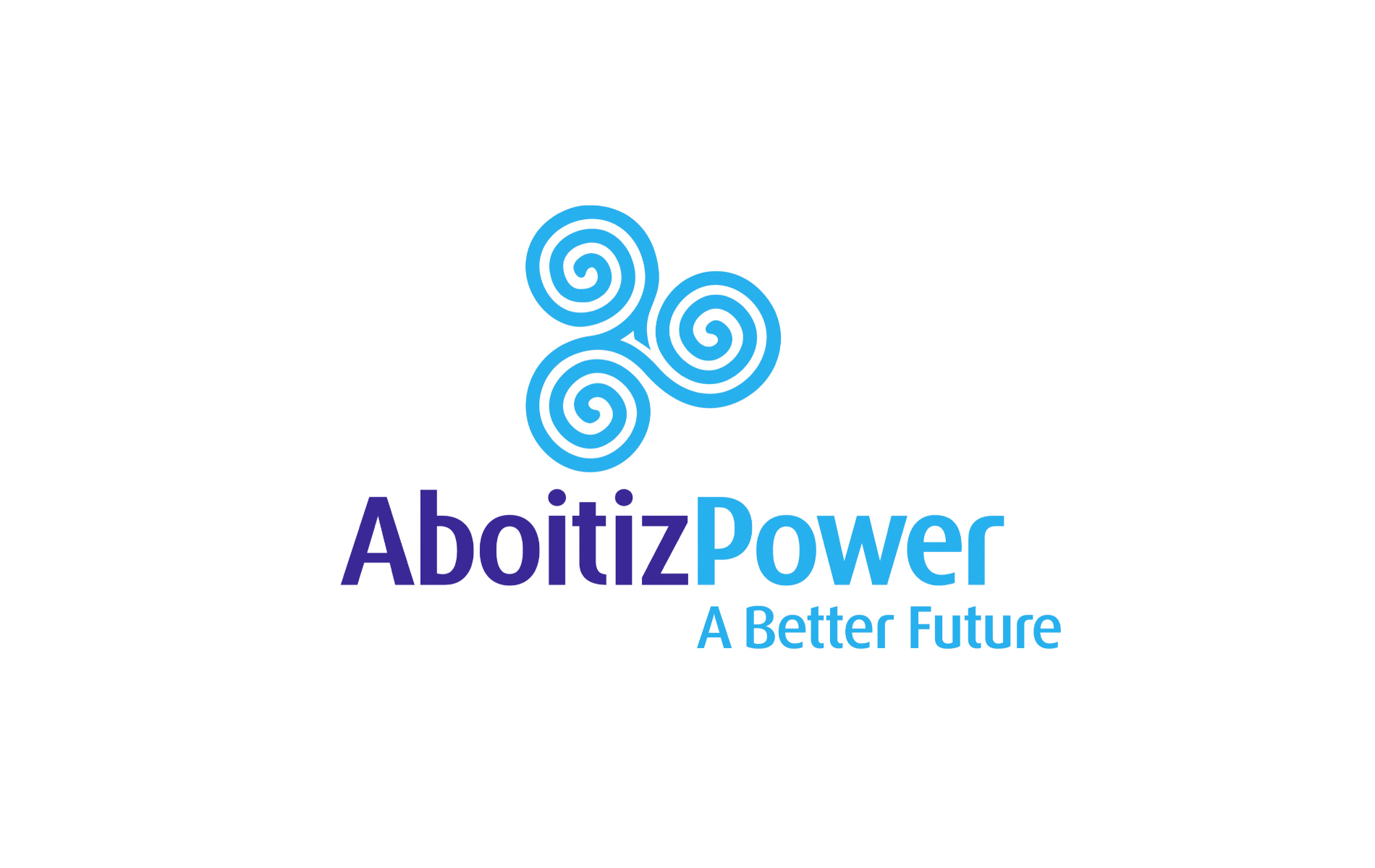Aboitiz Power: Traditional plants critical to achieve energy security
- May 8, 2023
- 0

Aboitiz Power Corporation President and CEO Emmanuel Rubio stressed the significance of conventional energy sources in ensuring a consistent energy supply in the short and long term. This is especially true during the summer season when electricity demand peaks and in the face of increasing calls for steady power supply.
Rubio stated during an interview with the ABS-CBN News Channel (ANC) that thermal plants still have a crucial role in providing reliable and stable source of energy.
“Energy demand has bounced back quite significantly. In fact, we are seeing record peaks in the last few weeks given the hot weather,” he emphasized. He also mentioned that the margins between supply and demand are currently slim, with GNPower Dinginin Ltd. Co.’s investment being the sole new investment for base load capacity.
GNPower Dinginin, the biggest coal-fired power plant in the country, supplies a capacity of 1,336 megawatts (MW). Situated in Mariveles, Bataan, the power plant operates under the partnership of AboitizPower’s Therma Power Incorporated and AC Energy Holdings Inc.
Rubio believes that while the Philippines plans to increase the proportion of renewable energy (RE) in its energy mix to about 30% by 2030 and 50% by 2040, the transition should be properly considered and planned, taking into account any potential unexpected consequences, as opposed to rushing into it.
AboitizPower pledged its renewable energy (RE) portfolio to 4,600 MW within the following decade as support to the transition, which should lead to a 50:50 balance between RE and its thermal capacity.
Rubio continued, “One thing I’m sure of is that we really need to transition to cleaner technologies. In base load, today the option is liquified natural gas (LNG) as a transition fuel and balancing that with renewable energy.”
Although it would be costly, LNG is regarded as a cleaner baseload capacity that complements RE generation due to its ability to quickly scale up or reduce the amount of power it produces.
“In the short- to mid-term, LNG is one of the options, although it still remains to be at a premium,” Rubio noted.
In order to cut carbon emissions, Aboitiz Power joined efforts with the Japanese generating firm Jera Co. to examine the viability of co-firing ammonia and hydrogen in LNG facilities.
“[But] we have land, and that’s why we are actually doing the feasibility studies for our 1,200-MW LNG [power plant] that we’re trying to schedule to come in to meet base load requirement[s] by 2028 to 2030,” Rubio said, citing the company’s planned LNG project in Pagbilao, Quezon.
The Aboitiz Power official also expressed optimism at the possibility of nuclear power, through small modular reactors (SMRs), as a way for the country to transition to a cleaner energy mix.
“I personally believe that small modular reactors will have a role to play in the Philippine energy setting… “I think the timeline will still be around mid-2035 when we can see this to be operating in the Philippines,” Rubio said.